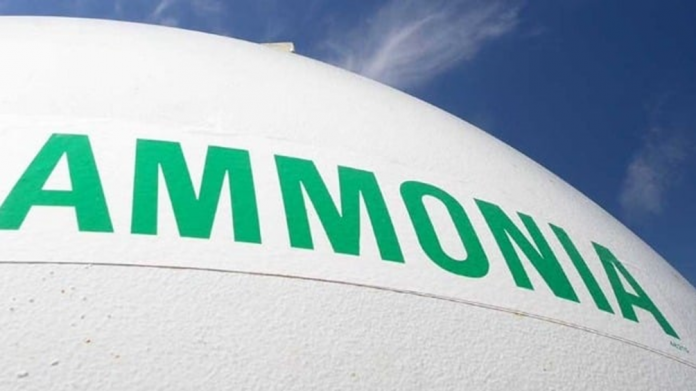
As the push for clean fuels gains traction, Japan is making a large investment betting on hydrogen to decarbonize its critical industrial sectors. On Tuesday, the Japanese government approved a plan to provide over $107 billion of investment for the supply of hydrogen over the next 15 years. The financing is targeted to come from the public and private sectors.
This plan is a revision of Japan’s Basic Hydrogen Strategy, first published in 2017. The new target is to increase hydrogen supply sixfold from the current level of 2 million tons to around 12 million tons by 2040.
“We would like to steadily build a supply chain for hydrogen in Asia and the Indo-Pacific region by further expanding Japan’s hydrogen technology, which has been world-leading,” said Yasutoshi Nishimura, Minister of Economy, Trade and Industry.
By setting an ambitious target, the government said it hopes the companies will be encouraged to be more actively involved in hydrogen initiatives, with the aim of realizing the commercialization of the fuel by 2030.
While Japan targets to use hydrogen to fill the existing gap in energy demand, the fuel surpluses could be used by other major industries, which are currently looking into a cleaner energy transition.
Primarily, the revised hydrogen strategy prioritizes nine strategic areas, including the development of water electrolysis equipment, fuel storage batteries, and large-sized tankers for hydrogen transportation. In addition, the government also plans to expand the introduction of synthetic fuels and ammonia using hydrogen.
Japan’s pivot to a hydrogen economy is timely, considering energy-intensive industries such as shipping are on the cusp of a green transition. Already there is a sentiment within shipping circles that ammonia could become the most preferred clean fuel. The Japanese shipbuilding sector has pegged its hopes for profitability on the construction of zero-emission vessels.
Currently, the container shipping sector is investing in methanol-ready boxships with more than 80 ships on order including for Maersk, CMA CGM, and COSCO. Imabari and Mitsui Shipbuilding however already have ongoing projects for the building of ammonia-powered ships and the government is supporting research into ammonia-fueled engines. The belief is that the shipping industry can be convinced (or regulated) into a transition toward ammonia and hydrogen once the technical challenges are resolved.
However, the switch to clean fuels is dependent on large-scale production, which is missing currently. The government-led financing is a major boost to fix this gap and part of the effort to push shipping and other major industries toward these forms of alternative fuels.
Source – THE MARITIME EXECUTIVE




